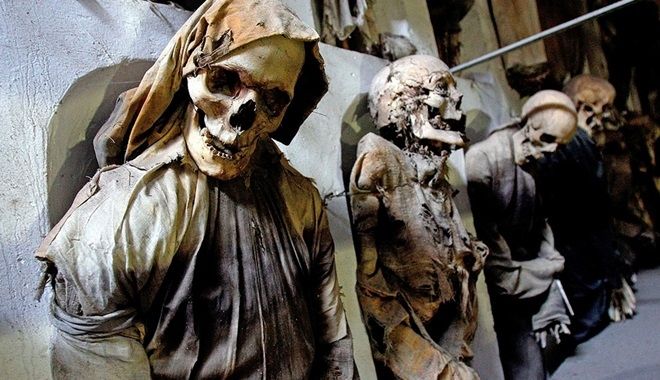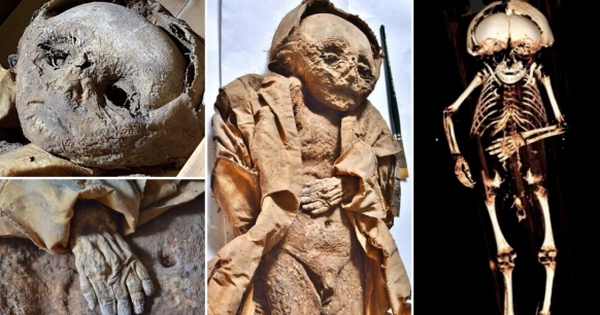4,300-Year-Old Mummy Unearthed in Saqqara—A Timeless Window Into Ancient Egypt

In the sands of Saqqara, one of Egypt’s most storied necropolises, archaeologists have unveiled a breathtaking discovery: a 4,300-year-old mummy, sealed within its limestone sarcophagus and untouched for millennia. Hidden deep in a vertical burial shaft, this remarkably preserved individual has reemerged after more than four millennia, offering an unparalleled glimpse into the funerary traditions of Egypt’s Old Kingdom.

The mummy’s state of preservation is nothing short of extraordinary. Encased in limestone, the sarcophagus protected the body from looters, erosion, and the passage of time. The remains retain exquisite detail, from the delicate wrappings of linen to traces of pigments that hint at ritual preparation. Such pristine discoveries are rare in archaeology, making this find a scientific treasure that bridges the gulf between the living present and Egypt’s ancient world.
Saqqara itself is a landscape of legend. Serving as the burial ground for Memphis, Egypt’s first capital, the necropolis stretches back to the earliest dynasties. It is home to the Step Pyramid of Djoser, the world’s oldest stone pyramid, and countless tombs of nobles, priests, and officials. The newly uncovered burial shaft adds yet another chapter to this sacred ground, confirming Saqqara’s role as a central hub of ritual and remembrance for over 3,000 years of Egyptian history.

What makes this mummy so significant is not only its age but also the insight it provides into Old Kingdom funerary practices. Archaeologists now have the chance to study how Egyptians of the time honored their dead—what objects were chosen for burial, what religious rituals were observed, and how bodies were prepared for the journey into the afterlife. Every amulet, inscription, and artifact offers a clue about a civilization whose beliefs revolved around eternity.
This discovery also deepens our understanding of Egyptian artistry. The sarcophagus itself, carved from solid limestone, reflects the craftsmanship and symbolism of its era. Hieroglyphs and decorative motifs may reveal prayers, names, and invocations meant to guide the deceased through the afterlife. For historians, each detail reinforces the sophistication of Egypt’s spiritual and cultural worldview.

Beyond its scientific and historical importance, the find carries a haunting beauty. To stand before the face of a person who lived 4,300 years ago is to confront the endurance of memory across time. Once, this individual walked the banks of the Nile, witnessed rituals in temples, and became part of a society that built monuments still standing today. Now, their journey into eternity continues—not in silence, but in rediscovery.
The Saqqara mummy is more than a relic; it is a bridge across 43 centuries, connecting us to the human stories at the heart of one of the world’s greatest civilizations. It reminds us that while dynasties rose and fell, Egypt’s pursuit of immortality—through ritual, art, and stone—has truly succeeded.
#AncientEgypt #SaqqaraDiscovery #MummyUnearthed #OldKingdom #ArchaeologicalDiscovery










